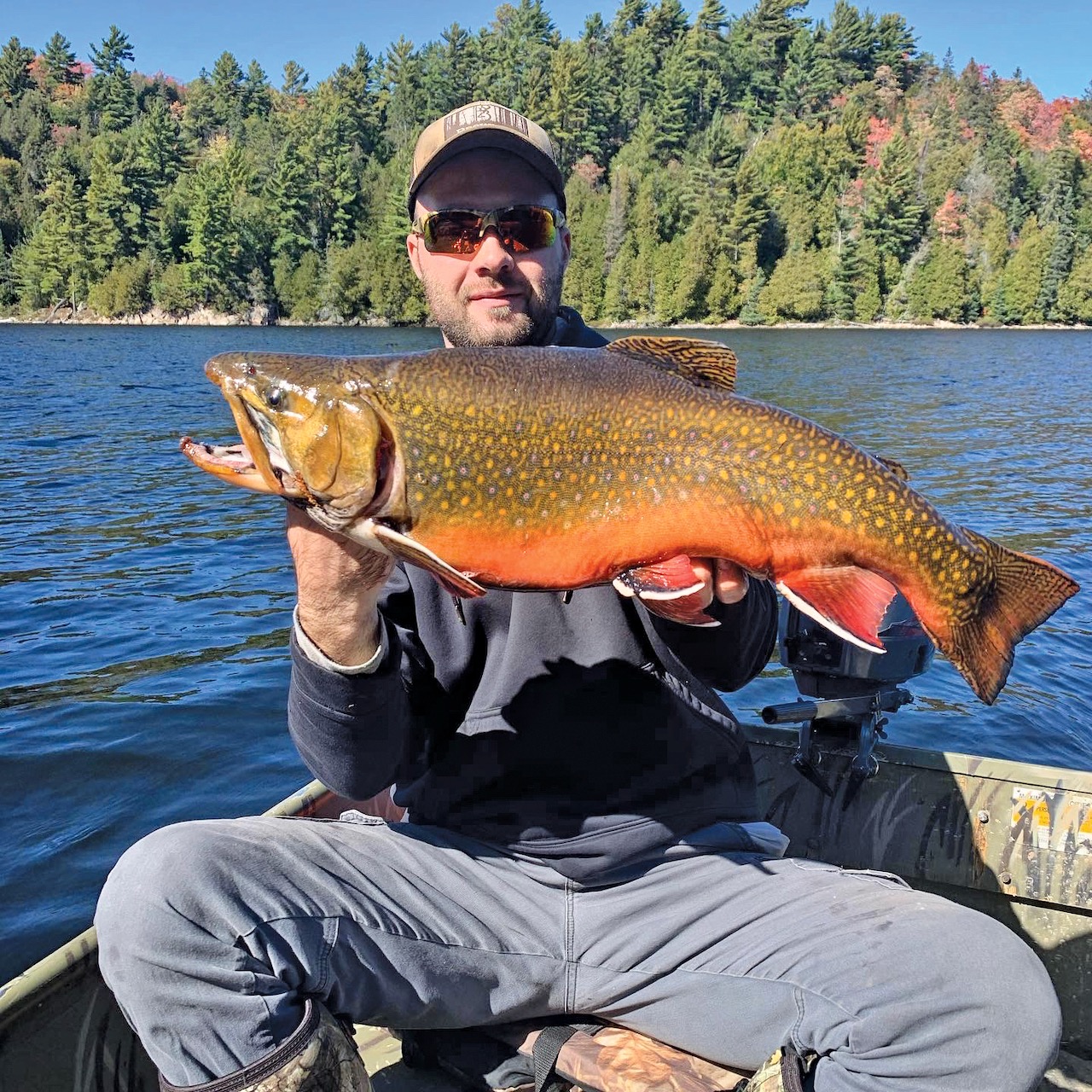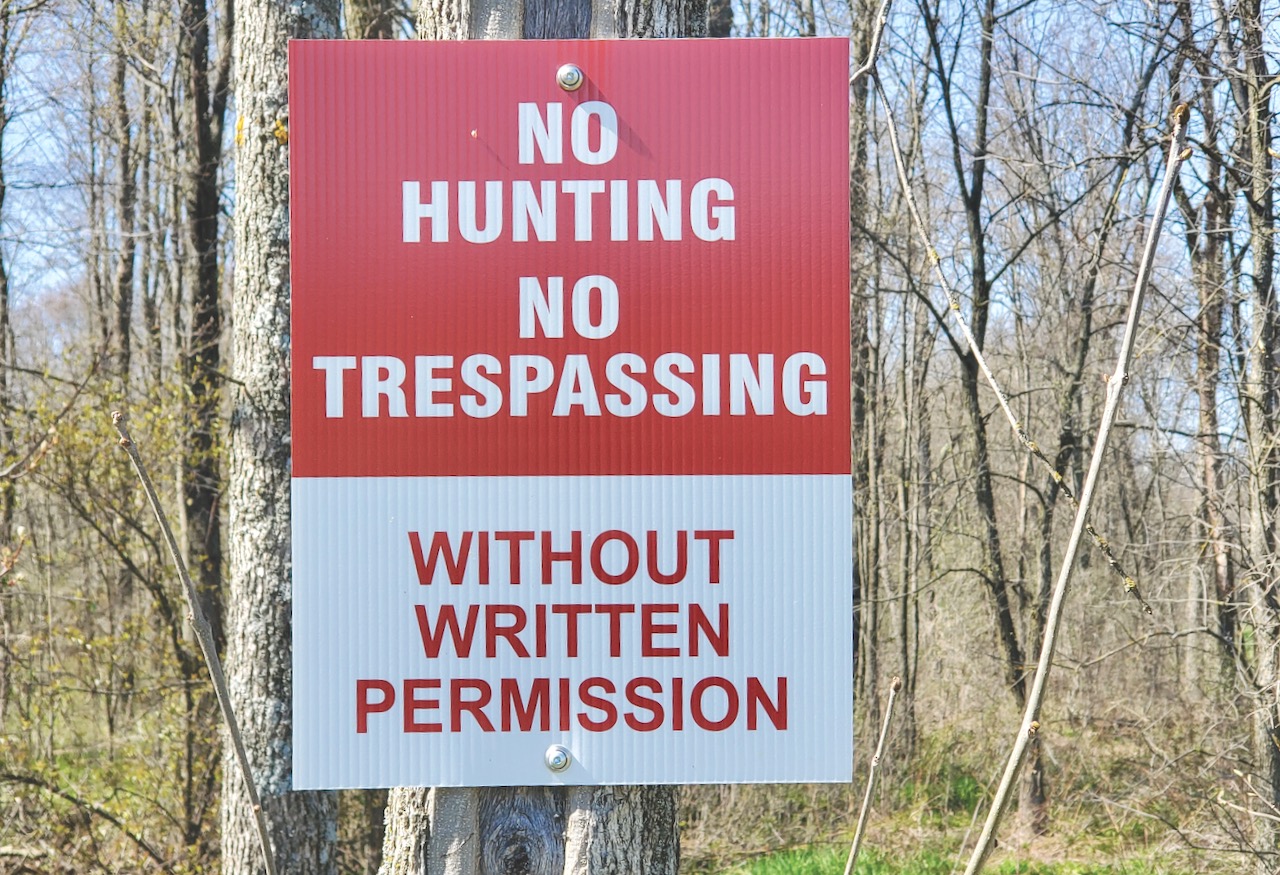INTO THE FUTURE
What challenges—and successes—will Canada’s next half-century bring for hunters and anglers? That’s up to us
Advertisement

Another big threat to the future of fishing and hunting is the gradual conversion of wildlife habitat into semi-suburbs all across Canada. In 1995, Calgary-based landscape ecologist Brad Stelfox developed analytical software to predict future landscapes by casting back at what has already happened, then playing those trends forward. He now warns that the conversion of wild habitat into rural homes and acreages is one of the most critical issues facing wildlife habitat in many parts of Western Canada.
It’s no less of a problem in Ontario, where the current Conservative government is opening up once-protected greenbelt land to developers. In fact, it’s a problem all across Canada. Sprawling rural development doesn’t just take away habitat from fish and wildlife—it also reduces access for hunters and anglers, as more and more “No Trespassing” and “No Hunting” signs go up. If the trend continues, hunters and anglers who roam freely today may have to reserve, and pay for, access to small parcels of private land 50 years from now.
Advertisement
No less frightening, because it affects everything in nature, is the rampant use of toxic chemicals in agriculture and forestry—and the growing loss of insects, birds and other creatures as a result. Prairie pheasants and Hungarian partridge already carry heavy pesticide loads, tests have shown.
Then there’s the declining presence of ruffed grouse in logged lands along the boreal fringe. Alberta biologist Lorne Fitch speculates one reason for this is that their favoured food plants are being killed by herbicides sprayed on clear-cuts by forestry companies.
Meanwhile, monitoring has found heavy chemical contamination in waterways such as the Saskatchewan River, as well as Lake Ontario. Chemical poisoning is insidious; creatures just quietly disappear. Those that don’t, become unsafe to eat, yet many of us continue to eat them anyway.
Advertisement

There are also some positive trends out there, although with potential downsides. For example, something that was evident even before the COVID-19 pandemic, but has since become even more pronounced, is the unprecedented number of Canadians flocking to the outdoors. Trailheads are jammed on weekends. Social media is crowded with photographs of birds, bears and beavers.
Unlike those whose connections to the outdoors are rooted in family traditions of hunting and angling, however, many of the newcomers get their ideas and attitudes from Instagram and Facebook. Nature’s attraction to them is often aesthetic and superficial; when they see hunters, they become offended by what appears to them as a war on the very wildlife they have so recently discovered.
Advertisement
At the same time, we hunter-conservationists must resist the urge to get defensive and angry when they challenge us. If we instead reach out and welcome these newcomers into our deeper conservation traditions, we will have an army for habitat, wildlife conservation and fisheries unlike ever before. If we don’t, however, we will face opposition like we’ve never seen before. The stakes are high.
We hunter-conservationists must resist the urge to get defensive and angry
Another positive trend is the degree to which new research technologies and a continually growing body of practical experience have given us deeper insights into the workings of ecosystems than anyone could have imagined a half-century ago. We have it in us to get things right—if we choose to.
Running parallel with those improvements in conservation science, however, are frightening improvements in the ability of mining, forestry and other industrial interests to both exploit the natural world and to sell that exploitation as benign, or even beneficial. We see it in the way forestry companies promise to reduce fire risk and sequester carbon by clear-cutting forests that are often more fire-resistant than the drought-stressed tree plantations they put in their place. Those original natural ecosystems are more effective at storing carbon than baby trees can ever be.
As Canada’s population continues to grow, and climate-triggered disasters such as fires and floods heighten the demand for building materials, our vulnerability to the smug reassurances of industry public relations experts will also grow. And as a result, the assaults on public lands will only increase—if we let them.

